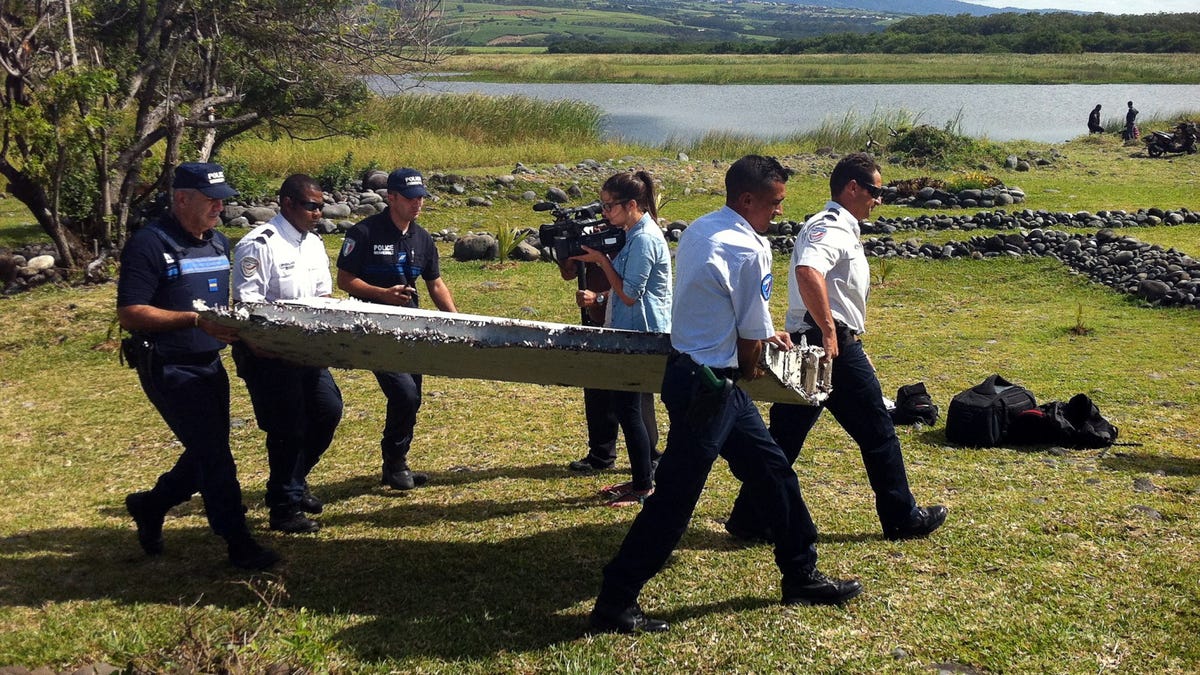On March 8 2014, Malaysia Airlines flight MH370 vanished from radar after taking off from Kuala Lumpur en route to Beijing. The Boeing 777 and its passengers have been missing ever since, with nothing more than a few plane fragments turning up in the decade since the disappearance. Now, a team of researchers has come up with a new way of calculating where the plane may be, and it involves yeeting plane parts into the Indian Ocean in the name of science.
A program called the Finding MH370 Project has been launched to do exactly what its name suggests: find the remains of the Boeing 777 aircraft that vanished in March 2014. To do this, the project won’t turn to sonar-equipped drones or thorough searches of the seafloor. Instead, the team plans to release Boeing 777 parts into the Indian Ocean and track their movements.
The project has been launched by science journalist and private pilot Jeff Wise, who’s written books on the MH370 disappearance, hosts podcasts and has been interviewed in various documentaries about the missing plane. Now, he’s planning to offer an insight into the drift patterns of the MH370 parts that have washed up ashore already.
Fragments of the plane washed up on a beach in Saint Denis, Reunion Island, back in July 2015, reports LadBible. In the years since, scientists have attempted to calculate the drift of these parts in order to try and figure out where in the Indian Ocean they came from.
Teams even went so far as to drop wing components into the sea previously to see how far they floated. However, Wise and his team say these experiments didn’t go far enough. Now, he’s hoping to drop a flaperon from a Boeing 777 into the Indian Ocean strapped with sensors. Over the course of 18 months, his team will analyze the movement of the piece and will track the growth of ocean organisms on it to see how this compares to the parts from MH370 that washed ashore. As the project explained in a blog post:
Marine organisms living on some of these objects, such as barnacles, can tell us where in the ocean they drifted from. But when they examined these organisms, scientist were puzzled by two paradoxes. First, the barnacles were much too young, suggesting a year-long gap between when the plane disappeared and when the pieces went in the water. Second, they were living all over the entire surface of the flaperon, even above the waterline, something that barnacles never do.
The Finding MH370 project will resolve these paradoxes by getting a real 777 flaperon, outfitting it with sensors and telemetry, and deploying it into the southern Indian Ocean on a 15-month mission. At the end of the experiment, we’ll have a much clearer understanding of how the barnacles grew on the real flaperon and hence how and where the object entered the water.
The project’s final product will be a report detailing our findings, and revealing the implications for what happened to the missing plane.
There’s no time frame yet for when the project could get underway, as it’s still seeking funding to get off the ground. However, if it goes ahead it will join a few other missions to uncover the secrets of MH370 that have been launched in recent months.
Ten years after the disappearance of the plane, Malaysian officials announced they would “do anything” to uncover answers about its whereabouts. This includes partnering with a company that deploys sonar-equipped drones to the depths of the ocean to map the seafloor.

